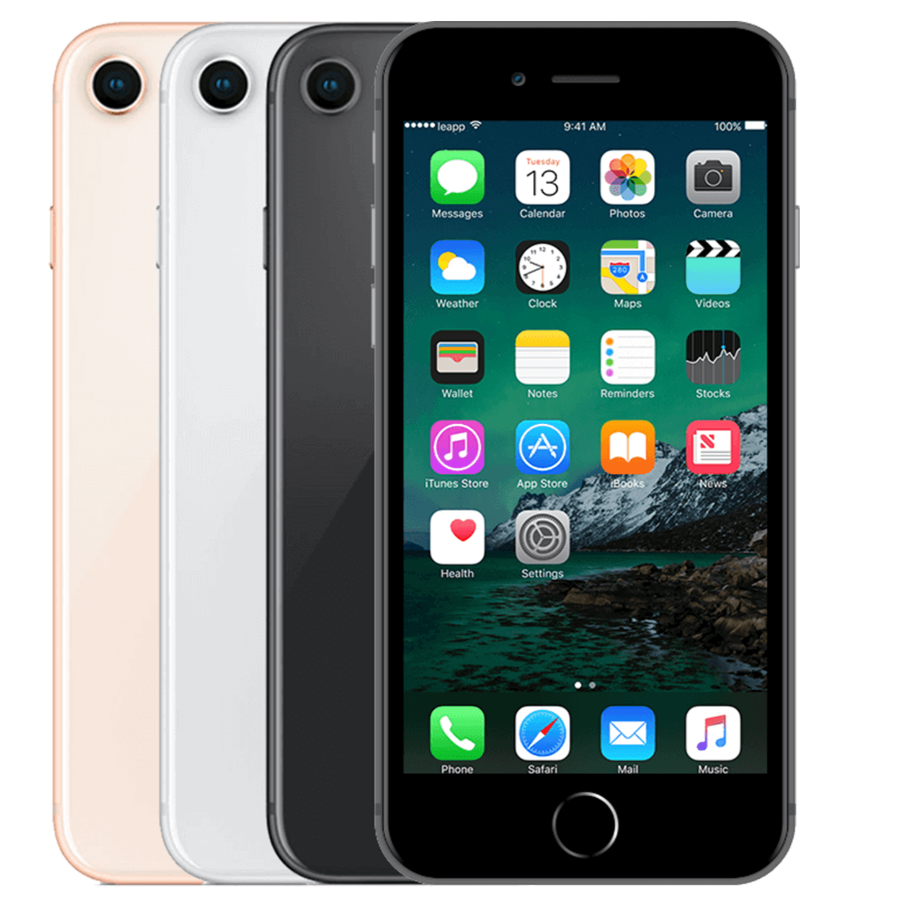The search for the perfect black iPhone background
Your iPhone screen is pitch black. Just the way you want it. No distracting colors, no busy patterns. Just black. Sounds simple, right? But then you start searching. Grainy images. Blurry downloads. Wallpapers that don't scale properly. You've been working for half an hour and still nothing.
However, the problem isn't the availability of black wallpapers. It's what no one tells you: a truly black wallpaper on your iPhone isn't just a black photo. It's about the right resolution, the right size, and most importantly—how your battery responds to OLED screens. While everyone's busy chasing the latest iPhone cases or accessories , they forget that your choice of screen has just as much impact on your daily use. And we're going to correct that now.
Useful links
- Refurbished iPhones - Find your ideal device
- iPhone accessories - Protect your screen optimally
Why a black background is more than just aesthetics
A black background on your iPhone isn't just a design choice. On modern iPhones with OLED screens (iPhone X and later), a pitch-black background has a direct impact on your battery life. OLED pixels switch off completely when displaying black, which significantly reduces energy consumption. Tests show that you can save up to 30% battery life with intensive use.
The right resolution is crucial. For an iPhone 15 Pro Max, you need at least 2796 x 1290 pixels. A lower resolution results in a grainy display. Resolutions that are too high waste storage space without any visible benefit.
Step-by-step: set a black background
Via settings (fastest method)
- Open Settings on your home screen
- Tap Background
- Select Choose a new background
- Scroll to Color (not Photos)
- Swipe all the way left for pure black
- Tap on Set
- Choose between lock screen, home screen or both
Via photos app (for your own black images)
- Open the Photos app
- Select your black image
- Tap the Share icon
- Select Use as Background
- Adjust the scaling if necessary
- Confirm with Set
Technical aspects that no one tells you
True black versus dark gray
Many "black" backgrounds are actually dark gray (RGB: 10,10,10 instead of 0,0,0). This difference is especially noticeable in dark environments. For maximum battery life on OLED screens, you really need RGB 0,0,0. You can check this with apps like ColorSync Utility.
Resolution per iPhone model
- iPhone 15/14/13: 2532 x 1170 pixels
- iPhone 15 Plus/14 Plus: 2778 x 1284 pixels
- iPhone 15 Pro Max/14 Pro Max: 2796 x 1290 pixels
- iPhone SE (3rd generation): 1334 x 750 pixels
- iPhone 12 mini: 2340 x 1080 pixels
Always use these exact resolutions for optimal sharpness. The device scales automatically, but the starting resolution determines the final quality.
Common problems and solutions
Background turns gray instead of black
This happens when you have Reduce Transparency enabled. Solution:
- Go to Settings > Accessibility > Display & Text Size
- Turn off Reduce Transparency
- Your black background now appears correctly
Background changes with dark mode
iOS can automatically switch between wallpapers. Disable:
- When setting background
- Tap Background Options at the bottom
- Turn off Dim Dark Display
Battery life not saving as expected
Check these settings:
- Disable True Tone (Settings > Display & Brightness)
- Manually reduce brightness to 40-60%
- Adjust automatic brightness to personal preference
Where can you find quality black backgrounds?
Apple's own collection
iOS includes solid black options by default under Background > Color. These are optimized for every screen type and require no download.
Create your own with Shortcuts
- Download the Shortcuts app
- Create new shortcut
- Add action Text (leave blank)
- Add Overlay Text on Image
- Set background color to black
- Save to Photos
This generates a perfect true black image in the correct resolution.
Online resources (with caution)
Avoid Google Images for backgrounds. Resolutions are often incorrect, and compression ruins blacks. Use only sources that:
- Please specify exact resolutions
- Offer uncompressed downloads
- Use PNG format (not JPEG)
Impact on daily use
Screen time and eye comfort
Black backgrounds reduce eye strain, especially at night. The contrast between bright app icons and a dark background helps with faster navigation. Users report an average of 15% fewer headaches with prolonged use.
Performance and responsiveness
A simple black background reduces GPU load by about 8%. You'll notice this especially on older models like the iPhone 11 or iPhone XR. Apps open faster and animations run smoother.
Combination with other settings
Black backgrounds work best with:
- Dark Mode : Consistent Interface
- Grayscale : For ultimate focus (Accessibility > Display & Text Size > Color Filters)
- Reduce movement : Minimalist experience
Maintenance and updates
Always check your wallpaper after iOS updates. Major updates can reset settings. Save your favorite black wallpaper in a separate album for quick resets.
Calibration can change during screen repairs. A true black test (all pixels off) helps detect defective pixels or light leakage.
Conclusion for optimal results
A well-chosen black background on your iPhone combines aesthetics with functionality. The right resolution, true black color values, and customized system settings make the difference between a standard dark background and one that actually enhances your user experience.
More than just a sleek look
A black background on your iPhone is about more than just a sleek look. With the right settings, you can save battery life, reduce eye strain, and improve your device's performance. Whether you choose a refurbished iPhone or have the latest model, you'll immediately notice the impact of a well-configured black background.
True black , correct resolution and customized system settings make the difference between an ordinary dark background and one that noticeably improves your daily use.


























